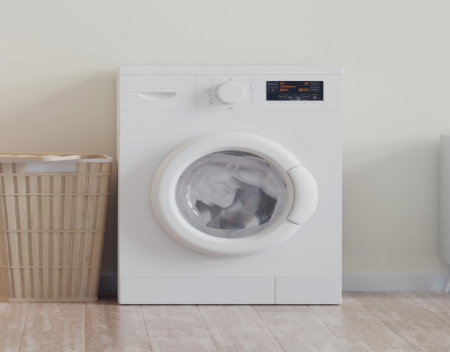Appliance Types
- Air Conditioner
- Automobile
- Chainsaw
- Circular Saw
- Dishwasher
- Drills
- Dryer
- Drywall Screw Gun
- Furnace
- Gas Fireplace
- Gas Grill
- Gas Patio Heater
- Grinder
- Heat Pump
- Impact Driver
- Impact Wrench
- Microwave
- Nailer
- Orbital Sander
- Pool Heaters
- Powerwall
- Range
- Refrigerator
- Television
- Washer
- Water Heater
Appliance Brands
- A.O. Smith
- AccuCold
- Admiral Craft
- AGA
- Airrex
- Amana
- Ambiance
- American Range
- American Standard
- American Water Heaters
- Aquacal
- Armstrong
- Asko
- Avanti
- Avenlur
- Azure
- Beko
- Bellfires
- Bertazzoni
- Blackstone
- Blaze
- Blomberg
- BlueStar
- Bosch
- Bradford White
- Bromic
- Bryant
- Cafe
- Calcana
- Capital
- Carrier
- Char-Broil
- Char-Griller
- Chrysler
- Coates
- Coleman
- Comfortmaker
- Commercial Chef
- Continental
- Cosmo
- Cove
- Crown Verity
- Dacor
- Daikin
- Danby
- Danfoss
- DaVinci
- DCS
- Deco
- DeWALT
- Ducane
- Dyna-Glo
- Dyson
- EcoSmart
- Electrolux
- Element4
- Empava
- Equator
- Eurodib
- European Home
- Everdure
- Farberware
- Fhiaba
- FibroPool
- Fire Sense
- Fisher
- FiveStar
- Flare
- Flash Furniture
- Focus
- Ford
- Forno
- Forte
- Frigidaire
- Fulgor Milano
- Gaggenau
- GE
- General Motors
- GlowBrand
- Goodman
- Grundig
- GSW
- Haier
- Hayward
- Heatstar
- Heil
- Hestan
- Hisense
- Hitachi
- Hotpoint
- iio
- Ilve
- Impecca
- Ingignia
- Insignia
- JennAir
- John Wood
- Keeprite
- Kenmore
- Kenyon
- KitchenAid
- Kucht
- La Cornue
- Lennox
- LG
- Liebherr
- Lifetime
- Lion
- Luxaire
- Lynx
- Magic Chef
- Marvel
- Maytag
- McQuay
- MicroFridge
- Midea
- Miele
- Migali
- Monogram
- Montigo
- Mr Heater
- Napoleon
- Navien
- Nexgrill
- Noritz
- Panasonic
- Patio Comforts
- Payne
- Pentair
- Perlick
- PITT
- Premier
- Raypak
- Real Fyre
- Regency
- Reliance
- Rheem
- Rinnai
- Roma
- Ruud
- Saber
- Samsung
- Schwank
- Sharp
- Smeg
- Solas
- Sony
- Spartherm
- Speed Queen
- StaRite
- State Water Heaters
- Stiebel Eltron
- SubZero
- Summerset
- Summit
- SunGlo
- SunPak
- Sunpentown
- SunStar
- Superiore
- Takagi
- TCL
- TEC
- Tempstar
- Tesla
- Thermador
- Thor Kitchen
- Toshiba
- Town and Country
- Toyota
- Traeger
- Trane
- Twin Eagles
- U-Line
- Unique
- Vaillant Group
- Valor
- Verona
- Victory
- Viessmann
- Viking
- Vizio
- Weber
- Westinghouse
- Whirlpool
- Whynter
- York
- ZLINE
Article Categories
- Air Conditioners
- Appliance Care
- Appliance News
- Dishwasher News
- Drying Machines
- Furnaces
- Gas Fireplaces
- Microwaves
- Pool Heaters
- Refrigerators
- Stoves - Ranges
- Tips and Tricks
- Washing Machines
- Water Heaters
More Articles
How do I clean the gasket on my dishwasher door?
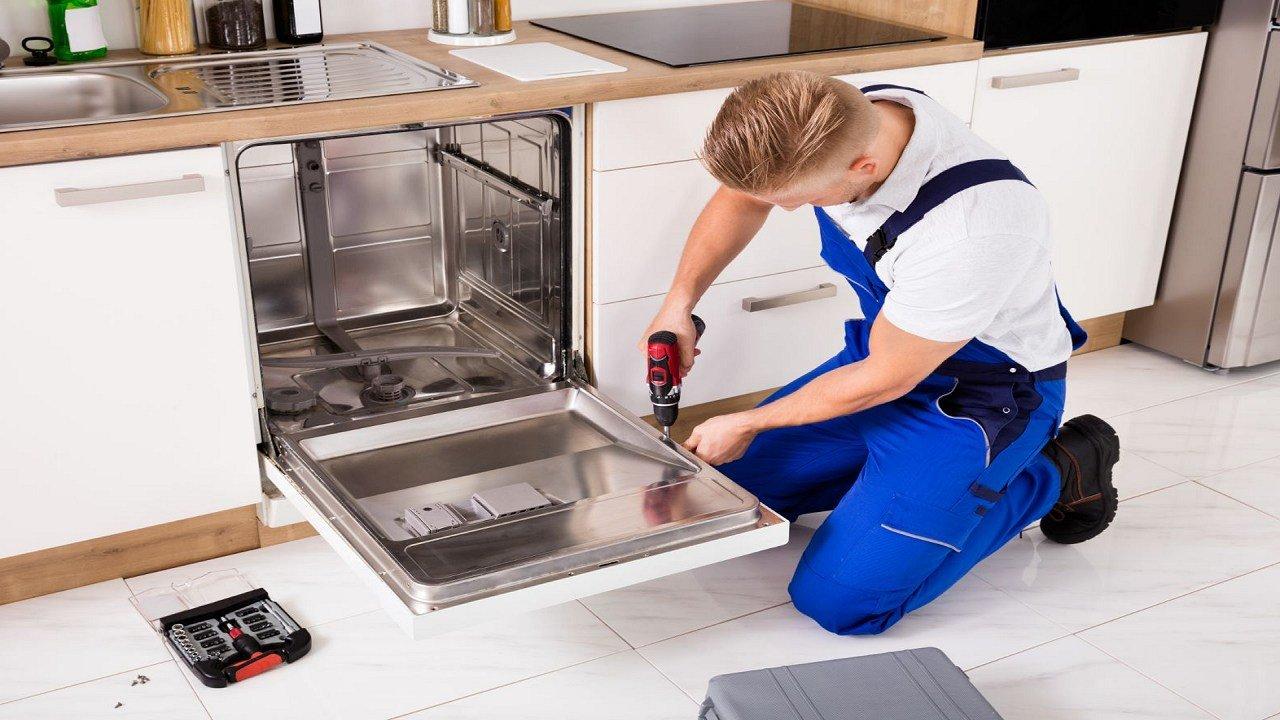
Cleaning the gasket (seal) on your dishwasher door is essential to maintain a proper seal, prevent leaks, and ensure efficient operation. Here's a step-by-step guide on how to clean the gasket on your dishwasher door:
Materials Needed:
Warm soapy water.
Soft cloth or sponge.
Old toothbrush or soft-bristle brush.
White vinegar (optional).
Towel or paper towels.
Steps:
Safety First:
Ensure the dishwasher is turned off and unplugged to avoid any accidental starts while cleaning.
Open the Door:
Open the dishwasher door fully to access the gasket around the edge.
Remove Loose Debris:
Use your fingers or a soft cloth to gently remove any loose debris or food particles from the gasket. Be careful not to push debris further into the seal.
Prepare a Soapy Solution:
Fill a bowl or container with warm water and add a few drops of mild dish soap. Mix the solution to create a soapy mixture.
Clean the Gasket:
Dip a soft cloth or sponge into the soapy water, wring it out, and gently wipe the gasket around the door's edge. Pay attention to any areas with visible dirt or residue. Avoid using abrasive materials that could damage the gasket.
Use an Old Toothbrush or Soft Brush:
For stubborn residue or mold/mildew in crevices, you can use an old toothbrush or a soft-bristle brush. Dip the brush in the soapy water and scrub the affected areas gently.
Rinse and Dry:
Rinse the gasket with a clean, damp cloth or sponge to remove any soap residue. Make sure to wipe away all soap to prevent it from interfering with the seal.
After rinsing, dry the gasket thoroughly with a towel or paper towels. Ensure there is no moisture left on the seal, as this can promote mold growth.
Check for Mold or Mildew:
If you notice mold or mildew on the gasket, you can use a solution of equal parts white vinegar and water to clean it. Apply the vinegar solution to a cloth or sponge and gently scrub the affected areas. Rinse and dry afterward.
Regular Maintenance:
To prevent future build-up, make it a habit to inspect and clean the gasket regularly, especially if you notice residue or moisture accumulation.
Run a Cleaning Cycle:
Periodically, run a dishwasher cleaning cycle using a dishwasher cleaner to remove any residue or buildup inside the dishwasher itself. Follow the manufacturer's recommendations for this process.
By following these steps and maintaining a clean dishwasher gasket, you can ensure a proper seal and prolong the life of your dishwasher while preventing leaks and odors.

Cleaning the gasket (seal) on your dishwasher door is essential to maintain a proper seal, prevent leaks, and ensure efficient operation. Here's a step-by-step guide on how to clean the gasket on your dishwasher door:
Materials Needed:
Warm soapy water.
Soft cloth or sponge.
Old toothbrush or soft-bristle brush.
White vinegar (optional).
Towel or paper towels.
Steps:
Safety First:
Ensure the dishwasher is turned off and unplugged to avoid any accidental starts while cleaning.
Open the Door:
Open the dishwasher door fully to access the gasket around the edge.
Remove Loose Debris:
Use your fingers or a soft cloth to gently remove any loose debris or food particles from the gasket. Be careful not to push debris further into the seal.
Prepare a Soapy Solution:
Fill a bowl or container with warm water and add a few drops of mild dish soap. Mix the solution to create a soapy mixture.
Clean the Gasket:
Dip a soft cloth or sponge into the soapy water, wring it out, and gently wipe the gasket around the door's edge. Pay attention to any areas with visible dirt or residue. Avoid using abrasive materials that could damage the gasket.
Use an Old Toothbrush or Soft Brush:
For stubborn residue or mold/mildew in crevices, you can use an old toothbrush or a soft-bristle brush. Dip the brush in the soapy water and scrub the affected areas gently.
Rinse and Dry:
Rinse the gasket with a clean, damp cloth or sponge to remove any soap residue. Make sure to wipe away all soap to prevent it from interfering with the seal.
After rinsing, dry the gasket thoroughly with a towel or paper towels. Ensure there is no moisture left on the seal, as this can promote mold growth.
Check for Mold or Mildew:
If you notice mold or mildew on the gasket, you can use a solution of equal parts white vinegar and water to clean it. Apply the vinegar solution to a cloth or sponge and gently scrub the affected areas. Rinse and dry afterward.
Regular Maintenance:
To prevent future build-up, make it a habit to inspect and clean the gasket regularly, especially if you notice residue or moisture accumulation.
Run a Cleaning Cycle:
Periodically, run a dishwasher cleaning cycle using a dishwasher cleaner to remove any residue or buildup inside the dishwasher itself. Follow the manufacturer's recommendations for this process.
By following these steps and maintaining a clean dishwasher gasket, you can ensure a proper seal and prolong the life of your dishwasher while preventing leaks and odors.
Who to trust? Consumer Reports, or a very experienced repair guy?
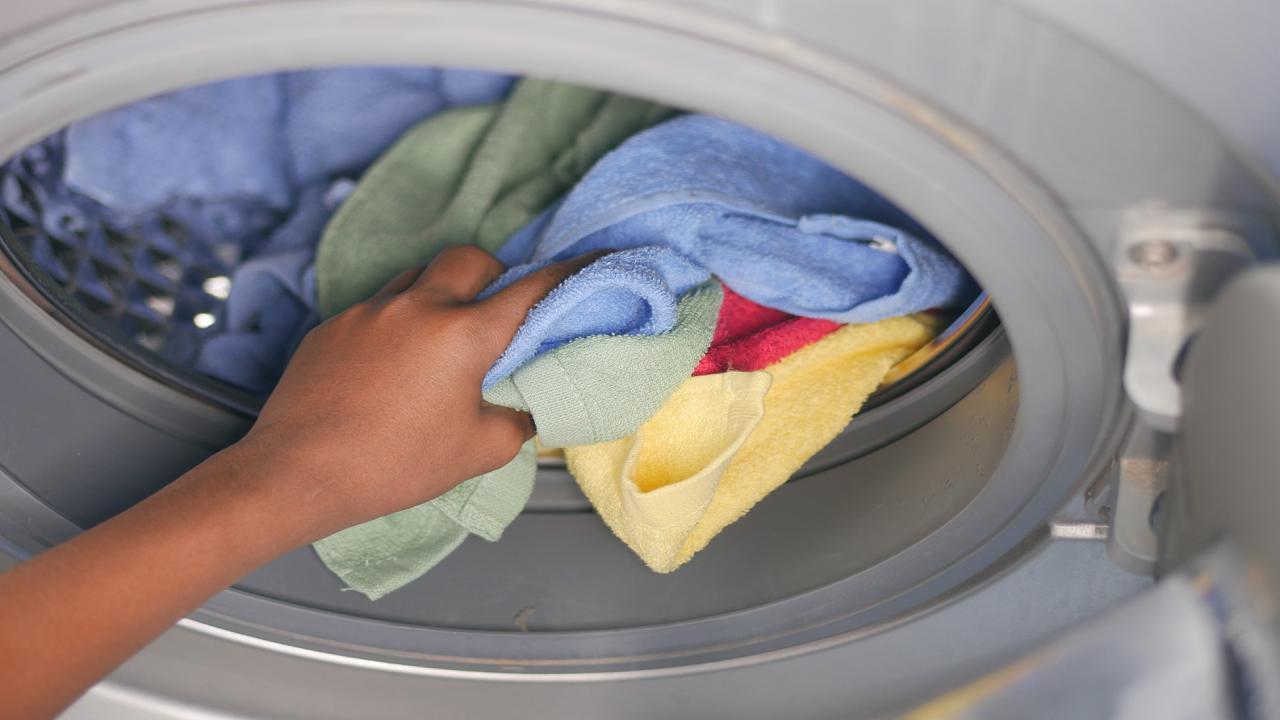
TCL Introduces New Beverage Cooler And Display Case Wine Cooler

ASKO Helps Consumers Store And Age Their Wine At Perfect Temperature

What’s wrong with my microwave?

Covering AC After Summer: Should You Do It?
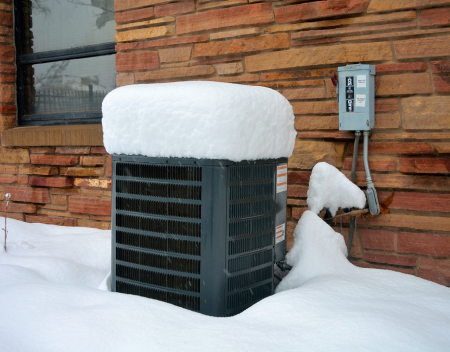
What Do Your Dryers Noises And Lights Mean
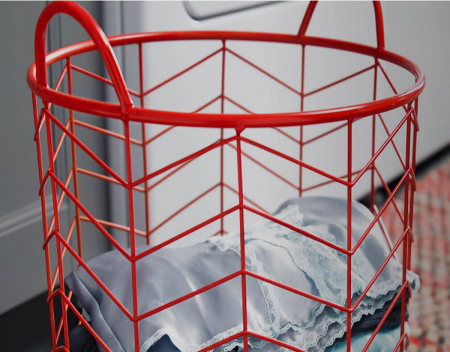
Strange Furnace Noises and What They Mean

Looking to buy new fridge, oven and microwave
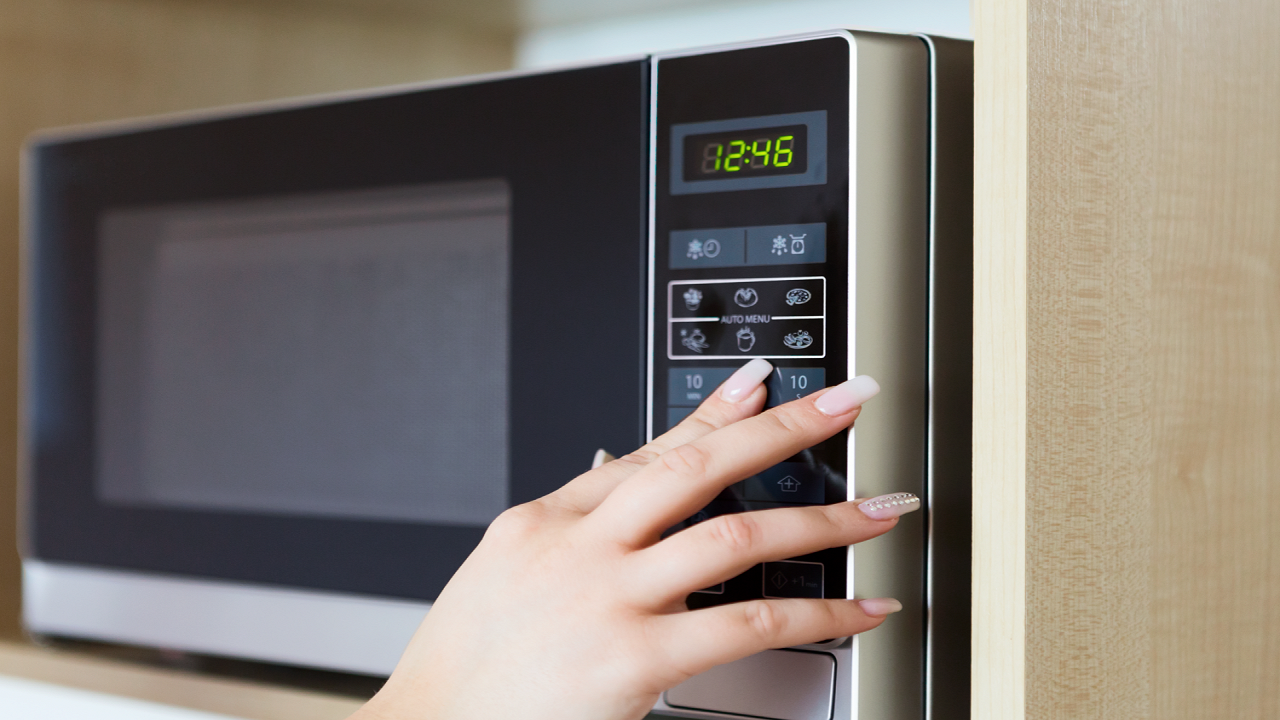
how to deal with fridge rust spot



